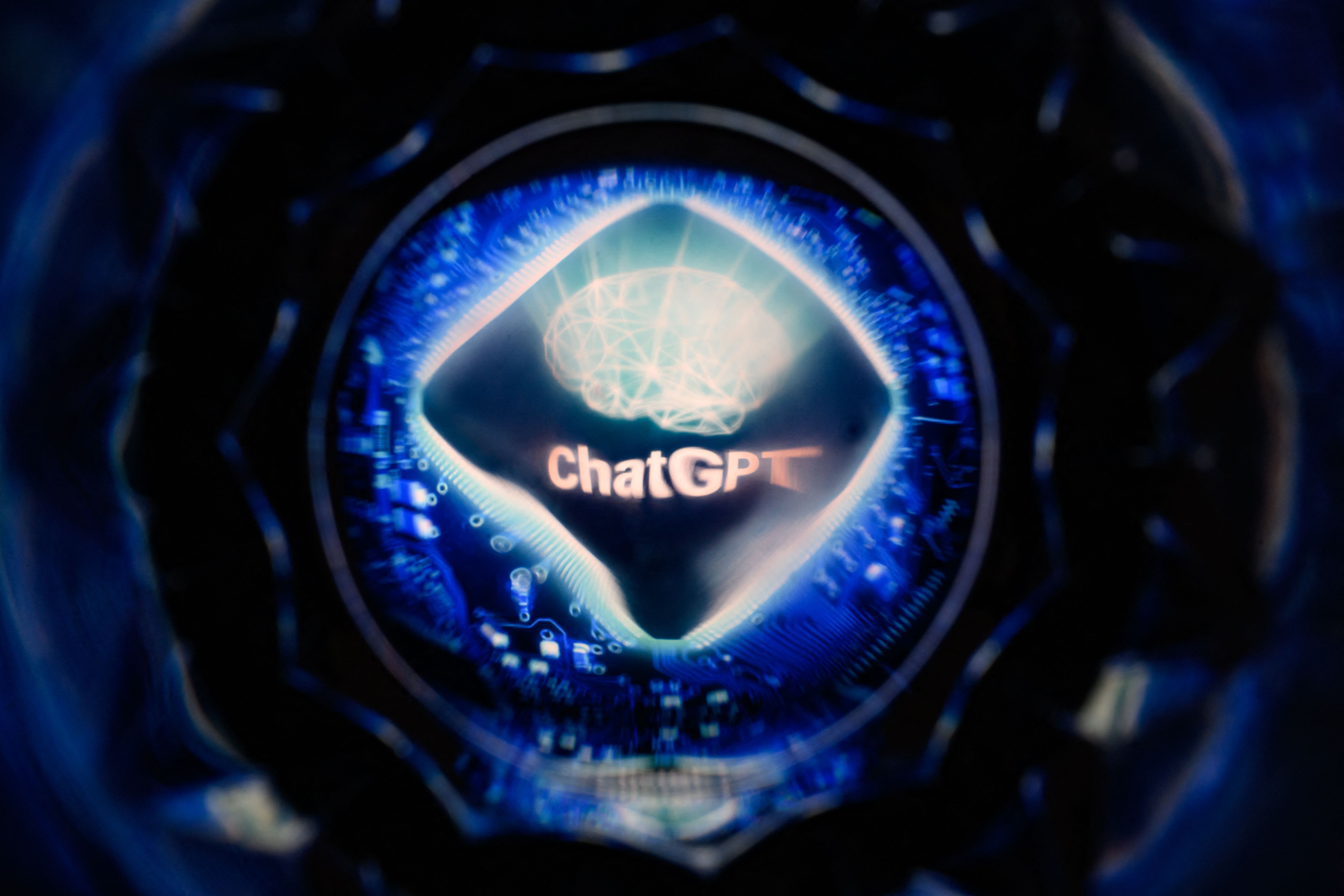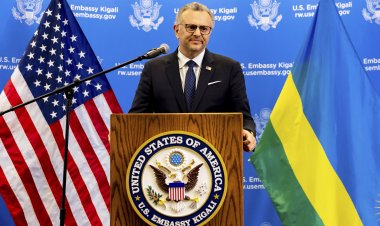The Government Can ‘Get It Right’ on AI
Americans want the federal government to step up, and it already has a head start.


As the federal government navigates the opportunities and challenges posed by artificial intelligence, Congress and the Biden administration have to decide whether they should build up the federal government’s capacity to use the technology or rely on contracts with private consultants and big tech companies instead. The usual approach would be to contract out — but this would be a mistake, and as it happens, also unpopular.
A new poll commissioned by our think tank, the Vanderbilt Policy Accelerator, asked Americans whether the federal government should develop its own AI resources and staff or outsource to private consulting firms and big tech companies. Seventy-seven percent of respondents, including overwhelming majorities of both Democrats and Republicans, told us they support creating a dedicated team of government technologists to advise agencies and regulators. When confronted with a counterargument that outsourcing is an alternative to “big and bloated” government, 62 percent of respondents still preferred that the government hire its own AI experts over costly private consultants. (The phone and online poll of 1,006 respondents, conducted by SSRS, has a margin of error of plus or minus 3.5 percentage points.)
Americans are right to worry about the dangers of private contracting to oversee the government’s adoption of and response to AI. As Mariana Mazzucato and Rosie Collington have shown in their book, The Big Con, relying on outsourcing results in high costs, creates conflicts of interest ripe for abuse, and depletes the longterm institutional knowledge agencies need to carry out their duties. Moreover, given the oligopolistic structure of critical aspects of the AI industry, the underlying infrastructure would likely be provided by the usual suspects: big tech giants Amazon, Microsoft and Google. Outsourcing to them directly — or to elite consulting firms that rely on them — could deepen big tech’s hold on this critical sector. In the absence of significant market competition or legislation regulating tech platforms, entrenching already powerful companies should raise serious concerns.
Luckily, policymakers can build the public capacity that Americans overwhelmingly prefer. Indeed, they do not have to start from scratch. Industry titans like former Google CEO Eric Schmidt have said that “There’s no one in the government that can get it right” with respect to AI, a view that’s emblematic of a broad skepticism of government’s capacity to engage with new technologies. But there are, in fact, many such people. Programs including the U.S. Digital Service, the General Services Administration’s 18F and AI Centers of Excellence, and the Presidential Innovation Fellows are all well-known to insiders, filled with technologists who have expertise in everything from procuring IT to building websites to thinking about machine learning, algorithms and artificial intelligence.
Policymakers can build on this existing capacity, but they need to address two problems: that there are too few AI experts in government, and that they do not always coordinate their work effectively.
According to public reporting, these offices collectively employ only around 400 people — a tiny number given that AI could potentially apply to a vast array of public programs and enforcement priorities, from improving veterans’ benefits to discovering Medicare fraud. As the National AI Initiative Advisory Committee wrote in a May 2023 report, existing offices “cannot supply talent at the scale needed for agencies across the U.S. government to ensure America’s AI competitiveness and trustworthiness.” Worse still, some of these offices don’t even receive regular congressional appropriations. They instead rely on occasional funding or have to charge agencies for their services — which naturally makes it harder for agencies to take advantage of their expertise.
At the same time, reports have suggested that a lack of coordination between government IT teams has meant agencies get duplicative or conflicting guidance on technology issues and major initiatives, like implementation of the 21st Century Integrated Digital Experience Act, have been hobbled. Coordination is also critical because AI might not always be the right technological solution to solve a policy problem, even though it is the buzzword of the moment.
So what can policymakers do? First, the president should create a U.S. Artificial Intelligence Service. The USAIS would be a set of technology experts who could be sent in teams to different agencies to help them improve programs using AI systems. It would be similar to the U.S. Digital Service, the “fix it” agency of skilled technology experts that the Obama administration created after the failure of the Affordable Care Act website, and it could be housed within USDS or adjacent to it.
Congress also has a role to play in addressing the coordination challenge. Congress should consider the creation of a U.S. Technology Administration. The USTA would consolidate the various government IT, digital and technology services under a single director, who would be appointed by the president and confirmed by the Senate. This would give the USTA a higher profile, and Congress should also give the USTA a more significant budget than current offices receive. This approach would improve coordination, facilitate recruiting in this highly competitive sector and enable more effective congressional oversight and accountability.
Policymakers have the opportunity to help the United States government stay at the cutting edge of AI technology — and to do so in a way that both improves public services and is more accountable and effective. They should act now to deliver the public capacity on AI that Americans want and deserve.












